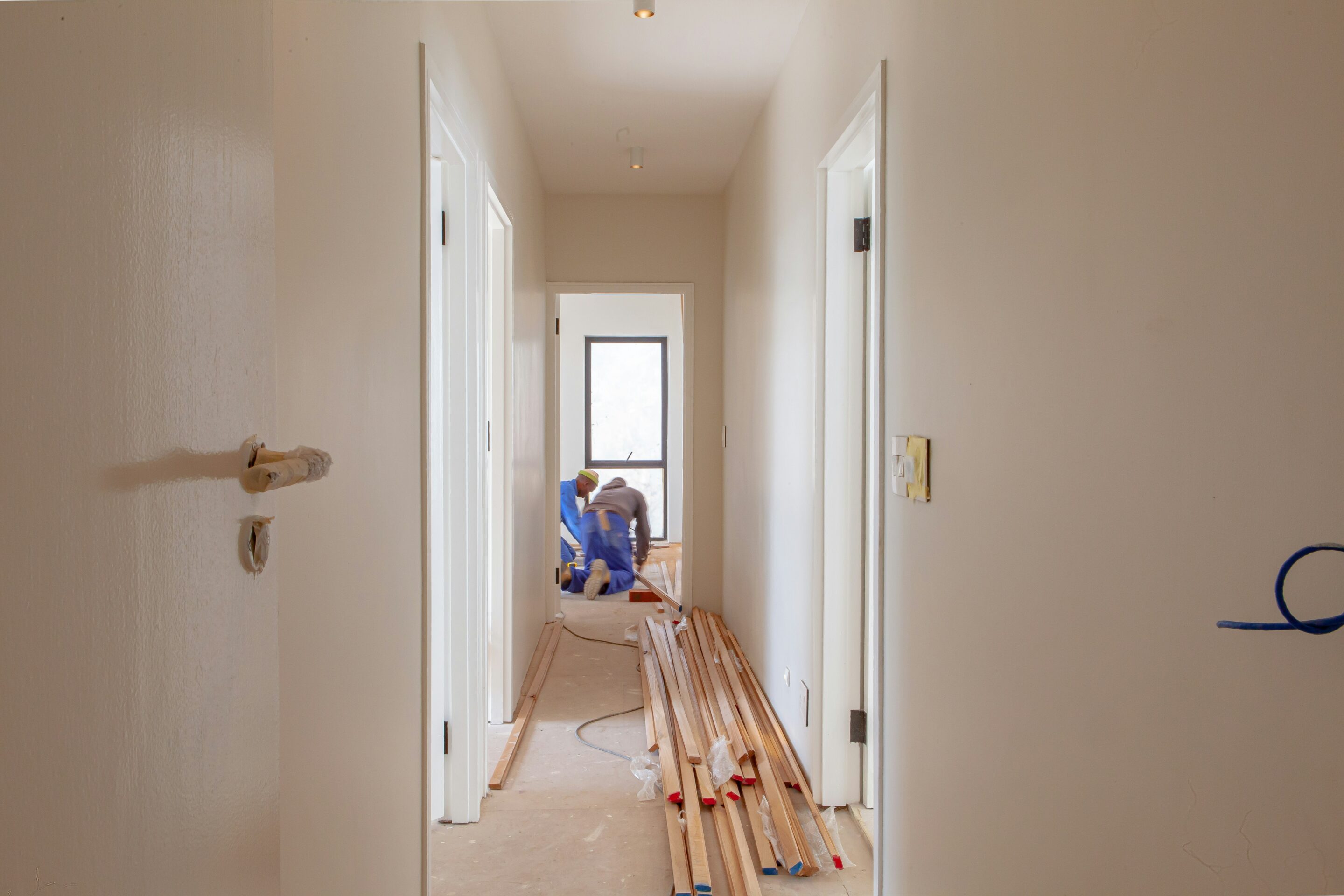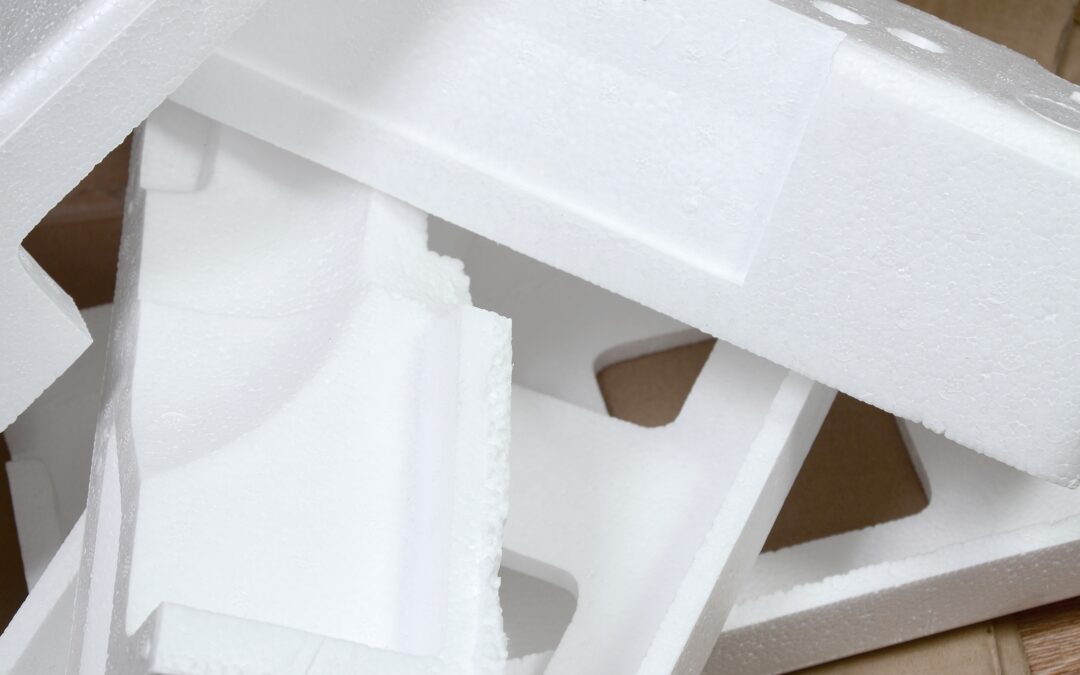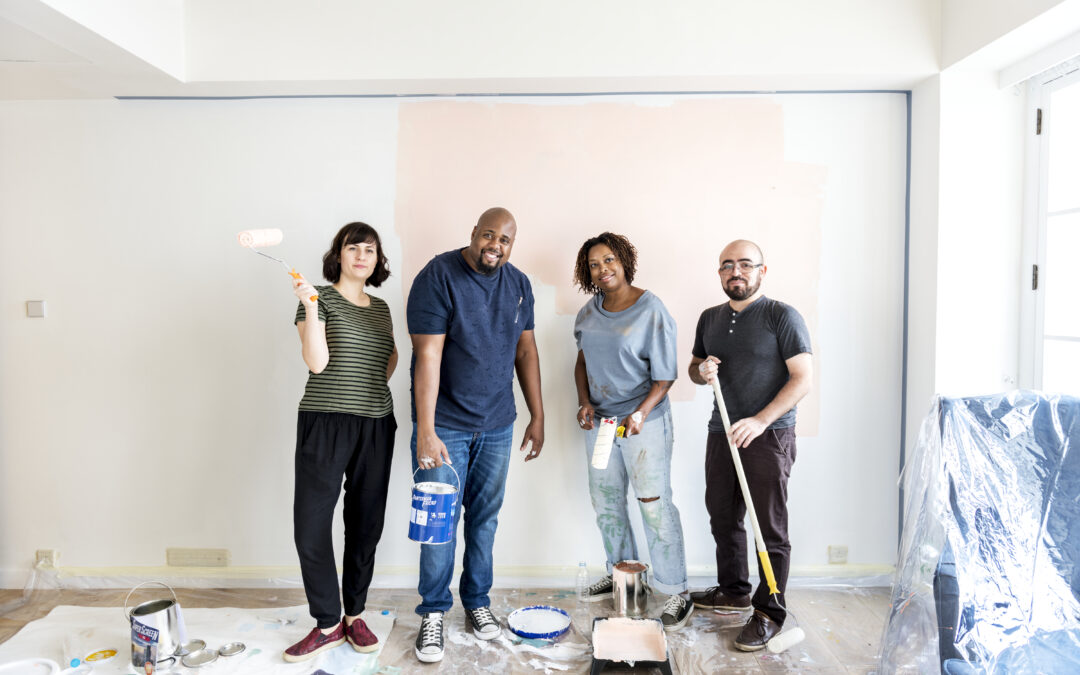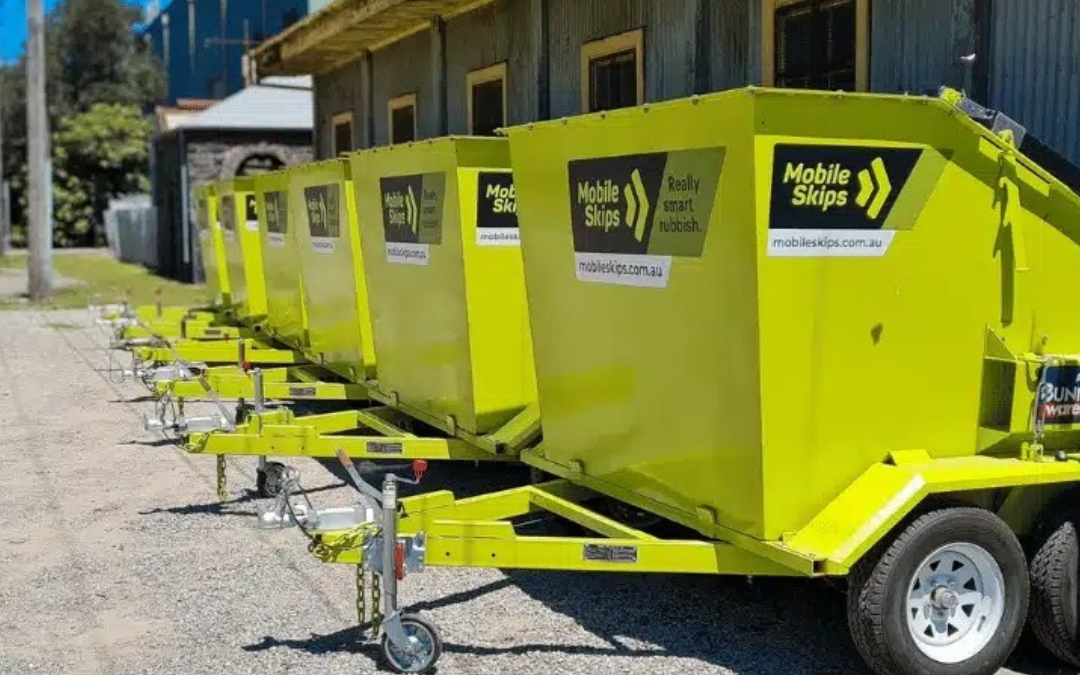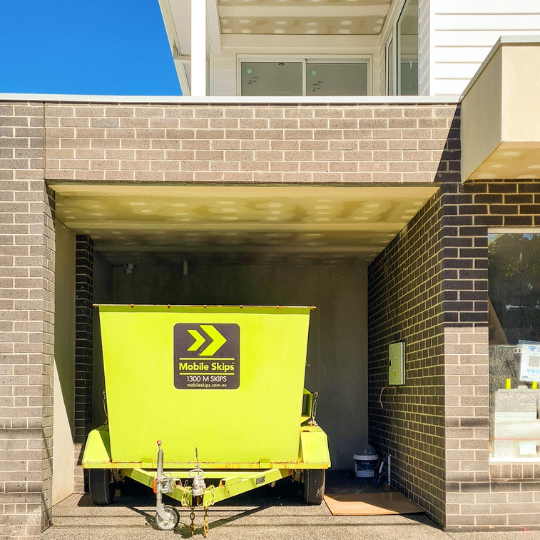Budget-Friendly Home Renovations
Government Help Programs
Getting your home fixed up doesn’t have to break the bank, thanks to government help programs. These programs offer financial aid to folks like veterans, rural residents, and others who need a hand (USA.gov). Here’s a quick look at some key programs:
| Program | Who Can Apply | What You Get |
|---|---|---|
| HUD’s HOME Program | Income limits apply | Grants for repairs and renovations |
| VA TRA Grants | Veterans with service-related disabilities | Grants for home modifications |
| Weatherization Assistance Program | Low-income households | Grants for energy efficiency improvements |
Interested? Contact your local HUD office or check their website to see if you qualify and how to apply.
Home Improvement Grants
Home improvement grants are like free money you don’t have to pay back. These grants come from federal, state, and local governments, as well as other organizations. They’re usually aimed at fixing health and safety issues or making homes more accessible, not for making your home look prettier (Bankrate).
Here’s how to get started with home improvement grants:
-
Find Available Grants: Look up grants on your local government websites or through organizations like the National Residential Improvement Association (NRIA).
-
Check If You Qualify: Each grant has its own rules. For example:
- HUD’s HOME Program: Your home’s value must be within 95% of the median price in your area.
- VA TRA Grants: You need to own your home or be about to own it, and have a service-related disability.
- Apply: Gather your paperwork and apply through the right channels. This might mean contacting local HUD offices or following the steps given by the grant provider.
If you don’t qualify for these grants but still need help, look into other programs like the Home Investment Partnerships Program, Single Family Housing Repair Loans & Grants, and Disability Housing Grants for Veterans (Bankrate).
For more tips on budget-friendly home renovations, check out our articles on DIY home renovation on a budget and easy DIY home renovations.
Getting Financial Help for Home Renovations
Planning some home improvements on a budget? Getting financial help can make a huge difference. Knowing who’s eligible, how to apply, and what other options are out there can get you started on your home makeover.
Who Can Get Help and How to Apply
Government programs can help cover the cost of home repairs or renovations. These programs often target groups like veterans, rural residents, and people with disabilities (USA.gov). Here’s what you need to know:
Who Qualifies:
- Income Limits: Many programs are income-based to help those who need it most.
- Home Ownership: You usually need to own your home or be buying it.
- Renovation Purpose: Funds are often for essential repairs, not just for making things look nicer.
For example, the HUD’s HOME Program requires that your home’s value after renovations doesn’t exceed 95% of the median price in your area (Bankrate).
How to Apply:
- Do Your Homework: Find out which grants and programs you might qualify for by checking out websites like HUD or the National Residential Improvement Association (NRIA).
- Get Your Papers Ready: Collect documents like proof of income, home ownership, and detailed renovation plans.
- Submit Your Application: Follow the instructions for each program to submit your application.
| Program | Who Qualifies | How to Apply |
|---|---|---|
| HUD HOME Program | Income limits, home value limits | Contact local HUD office, prepare documents, submit |
| VA TRA Grants | Veteran status, qualifying disability | Verify homeownership, submit documents to VA |
| Weatherization Assistance | Income limits, energy costs | Apply through local weatherization agency |
Other Ways to Get Financial Help
If you don’t qualify for grants or need more money, there are other options.
Home Investment Partnerships Program (HOME): Gives grants to state and local governments for housing activities, including renovations.
Single Family Housing Repair Loans & Grants: Also known as the Section 504 Home Repair Program, this offers loans to very-low-income homeowners for repairs and improvements.
Disability Housing Grants for Veterans: Helps veterans with service-related disabilities make their homes more accessible.
Weatherization Assistance Program: Boosts home energy efficiency, especially for low-income households.
| Program | Type of Help | Who Qualifies |
|---|---|---|
| HOME Program | Grants to local governments | Based on local government criteria |
| Section 504 | Loans & grants | Very-low-income homeowners |
| Disability Housing Grants | Grants | Veterans with qualifying disabilities |
| Weatherization Assistance | Energy efficiency upgrades | Low-income households |
By checking out these options, you can better manage your DIY home renovations. Always look at the specific requirements and application processes for each program to boost your chances of getting funding. For more tips and ideas, visit our articles on DIY home renovation ideas and home renovation tips.
Smart Renovation Strategies
Room Prioritization
Renovating your home can be a wild ride, but prioritizing rooms can save you cash and headaches. Tackle one room at a time to keep things manageable and your wallet happy. Start with the rooms that need the most TLC or will give you the biggest bang for your buck.
| Room | Priority Level | Estimated Cost (AUD) |
|---|---|---|
| Kitchen | High | $10,000 – $20,000 |
| Bathroom | High | $5,000 – $15,000 |
| Living Room | Medium | $3,000 – $10,000 |
| Bedroom | Medium | $2,000 – $7,000 |
| Outdoor Area | Low | $1,000 – $5,000 |
Need more ideas? Check out our guide on DIY home renovation ideas.
Maintenance During Renovations
Keeping your home livable during renovations is key. Make sure you have at least one functional bathroom, bedroom, and sitting area. This keeps the stress levels down and your home somewhat normal while the rest of the place is a construction zone.
Set up temporary spaces for the essentials:
- Temporary Kitchen: Use a microwave and mini-fridge to keep things simple.
- Sleeping Arrangements: Find a quiet, clean spot to crash.
- Living Area: Create a comfy sitting area away from the chaos.
For more tips, check out our home renovation tips page.
Efficient Scheduling
A solid schedule is your best friend during a renovation. Plan out the order of tasks and keep your subcontractors on track. This helps avoid delays and keeps the project moving smoothly.
- Plan Ahead: List all tasks and their timelines.
- Hire Pros: Get reliable subcontractors on board.
- Monitor Progress: Keep an eye on things and adjust schedules as needed.
Here’s a sample timeline for a kitchen renovation:
| Task | Duration | Start Date | End Date |
|---|---|---|---|
| Demolition | 2 days | 01/01/2024 | 03/01/2024 |
| Electrical Work | 3 days | 04/01/2024 | 06/01/2024 |
| Plumbing | 2 days | 07/01/2024 | 08/01/2024 |
| Flooring | 2 days | 09/01/2024 | 10/01/2024 |
| Cabinet Installation | 5 days | 11/01/2024 | 15/01/2024 |
| Painting | 2 days | 16/01/2024 | 17/01/2024 |
| Final Touches | 2 days | 18/01/2024 | 19/01/2024 |
For more detailed planning, check out our article on DIY home renovation blogs.
By focusing on these smart renovation strategies, you can make your home renovations efficient, cost-effective, and way less stressful. For more tips on tackling your projects, visit our DIY home renovation on a budget page.
Budgeting Tips for Renovations
Taking on DIY home renovations can be a blast, but keeping your wallet in check is key. Here are some smart budgeting tips to make sure you get the most bang for your buck.
Cost Estimation
First things first, jot down a detailed cost estimate for your project. Overestimating at the start can save you from running out of cash halfway through (Revelry Interior Design). Here’s a simple table to get you going:
| Item | Estimated Cost (AUD) |
|---|---|
| Paint & Supplies | $200 |
| Flooring | $1,000 |
| Plumbing Fixtures | $500 |
| Lighting | $250 |
| Miscellaneous | $300 |
| Total | $2,250 |
DIY projects can save you up to 83% compared to hiring a pro (Bankrate). For instance, swapping out old windows for energy-efficient ones can cut down your utility bills and is something you can tackle without needing a degree in rocket science.
One Room at a Time Approach
Tackling one room at a time helps keep things manageable and your budget in check (Revelry Interior Design). This way, your whole house doesn’t turn into a construction site, and you can see progress faster.
Benefits of One Room at a Time:
- Cost Management: Easier to keep track of spending.
- Focus: Zero in on one area for better results.
- Progress: Quick wins keep you motivated.
For example, if you’re jazzing up your bathroom, check out our DIY bathroom renovations guide. If the kitchen’s your target, head over to our DIY kitchen renovations article.
By taking a step-by-step approach, you can transform your home without emptying your bank account. For more tips, browse through our home renovation tips and DIY home renovation ideas.
DIY Renovation Ideas
Looking to spruce up your home without emptying your wallet? Here are some DIY projects that can add value to your home without costing a fortune.
Painting and Refinishing
A fresh coat of paint can work wonders. It can make any room feel new and lively. Plus, re-grouting tiles and power washing the exterior can give your home a fresh look without a hefty price tag.
| Task | Average Cost |
|---|---|
| Interior Painting | $200 – $600 |
| Re-grouting Tiles | $50 – $200 |
| Power Washing (Exterior) | $100 – $300 |
For more painting ideas, check out our guide on DIY painting renovations.
Installing Ceiling Fans
Ceiling fans are a great way to improve air circulation and cut down on energy costs. They can also bump up your home’s resale value. A basic fan costs around $100, while a fancier one might be a few hundred bucks.
| Ceiling Fan Type | Average Cost |
|---|---|
| Basic Fan | $100 |
| High-end Fan | $200 – $300 |
For more on lighting upgrades, explore our article on DIY lighting renovations.
Refinishing Hardwood Floors
Refinishing hardwood floors can be a cheaper alternative to installing new ones. This project can add serious value to your home, potentially boosting your resale value by $5,000 to $6,500.
| Task | Average Cost |
|---|---|
| Hardwood Floor Refinishing | $1,500 – $2,500 |
Learn more about flooring upgrades in our DIY flooring renovations section.
Landscaping Upgrades
Upgrading your landscaping or just tidying up the existing one can offer a great return on investment. Simple tasks like planting flowers, adding mulch, or trimming bushes can make a big difference.
| Task | Average Cost |
|---|---|
| Planting Flowers | $50 – $200 |
| Adding Mulch | $20 – $100 |
| Bush Trimming | $50 – $150 |
For more outdoor renovation ideas, check out our DIY garden renovations page.
These DIY projects are not only budget-friendly but also let you put your personal touch on your home. For more tips and ideas, explore our DIY home renovation ideas and home renovation tips sections.
Waste Management and Decluttering
Decluttering Tips
Decluttering is a must-do for your budget-friendly home renovations. A neat space not only makes you feel better but also saves you cash. Here are some down-to-earth tips to kick things off:
- Sort and Categorize: Start by sorting your stuff into ‘Keep’, ‘Donate’, ‘Sell’, and ‘Trash’ piles. This way, you can tackle your belongings step by step.
- One Room at a Time: Tackle one room at a time to keep from getting overwhelmed. This makes the job easier and less stressful.
- Use Storage Solutions: Check out diy organization ideas like shelves, bins, and baskets to keep things tidy.
- Set Decluttering Goals: Set clear goals and deadlines to stay motivated and on track.
For more detailed decluttering techniques, check out our diy decluttering tips.
DIY Waste Removal
Doing waste removal yourself can save you money and help the planet. Here are some top tips for DIY waste removal:
- Rent a Skip Bin: Renting a skip bin is a handy way to handle a lot of waste. Check out Mobile Skips for options.
- Recycle: Separate recyclables from trash to cut down on waste. Things like metal, paper, and some plastics can be recycled.
- Compost Organic Waste: If you have a garden, composting organic waste can give you great soil.
- Donate Usable Items: Good condition items can be donated to charities.
| Waste Removal Method | Cost | Eco-Friendliness |
|---|---|---|
| Skip Bin Rental | $$ | Moderate |
| Recycling | $ | High |
| Composting | $ | High |
| Donation | Free | High |
For more tips on eco-friendly waste removal, read Danielle Bhatt’s article on Mobile Skips.
Renovation Waste Disposal
Renovations can create a lot of waste. Proper disposal is key to keeping things clean and safe. Here are some tips for handling renovation waste:
- Hire a Professional Service: If the waste is too much, hire a pro. They can handle large amounts of waste efficiently.
- Recycle Building Materials: Materials like metal, wood, and concrete can often be recycled. Look for local recycling centers that take these materials.
- Use Hazardous Waste Disposal Services: For items like paint, batteries, and chemicals, use specialized disposal services to handle them safely.
- Plan Disposal Ahead of Time: Before you start your renovation, plan how you’ll get rid of the waste. This can save you time and hassle later.
For more expert tips on renovation waste disposal, check out Danielle Bhatt’s article on Mobile Skips.
By following these waste management and decluttering tips, you can make your renovation process smooth and efficient. For more home renovation tips and diy home renovation ideas, explore our additional resources.

